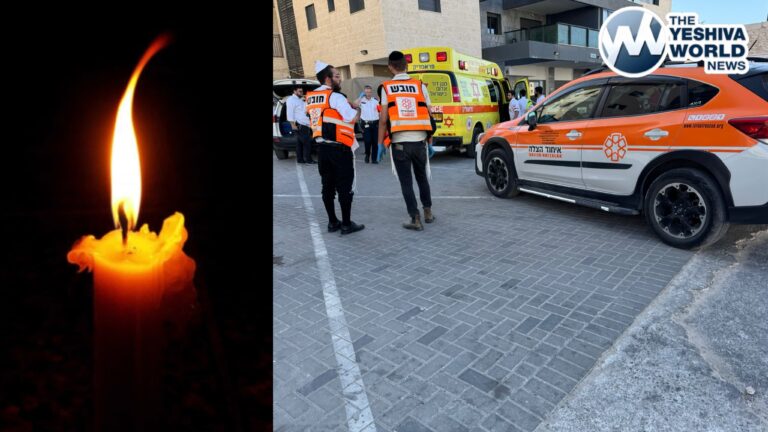 A commission formed to examine ways to guard against storms like Sandy released a report Friday that calls for flood walls in subways, water pumps at airports and sea barriers along the coast.
A commission formed to examine ways to guard against storms like Sandy released a report Friday that calls for flood walls in subways, water pumps at airports and sea barriers along the coast.
The final report was first obtained Tuesday by The Associated Press. The findings were officially released Friday by the office of Gov. Andrew Cuomo, who formed the commission.
The report recommends short- and long-term protections in transportation and with building codes. It suggests improvements in insurance coverage and ways to finance those improvements.
Some of the specific recommendations involve using natural barriers to protect New York Harbor and Long Island. Others include roll-down gates and inflatable barriers to keep floodwaters out of subways.
“I thank the Rockefeller Foundation and the extraordinary members of the Commission for their hard work in developing these preliminary recommendations on a short timeline, and applaud their comprehensiveness and the vision they lay out for the future of New York State,” Cuomo said Friday in a statement. “We will be reviewing them as part of our efforts to harden our critical infrastructure and to make New York State a leader in creating a more resilient, more effective infrastructure.”
The commission recommends floodgates for tunnels, subways and airports, as well as a network of safe havens such as old civil defense shelters. The 205-page report also calls for two more tunnels out of Manhattan, a rapid bus system and another Long Island Rail Road track and details how to better pay for it all by forging new partnerships with companies. It also lists several ways to improve insurance coverage for the state and residents.
Cuomo has sought $60 billion in federal relief funds to cover the damage and lost economy from Superstorm Sandy, which hit Oct. 29. The unprecedented storm submerged parts of New York City and knocked out electricity to more than 2 million customers on the eastern U.S. seaboard for as long as three weeks. At least 120 deaths were attributed to Sandy.
Commission Co-Chairwoman Judith Rodin told the AP that there is no “single fix” to the destruction Sandy caused. She said the commission sought to gird New York against another superstorm and build on routine maintenance, repair and replacements to “a normal, high-functioning 21st-century system.”
The measures in the report include:
— Raising some rail lines and signals above projected flood levels.
— Waterproofing subways and electronics sensitive to saltwater.
— Greater attention to the drinking water supply. The state’s 30- and 40-year-old wastewater systems statewide were overwhelmed by storms the last two years, the report said.
— Burying key energy lines underground to reduce damage from downed wires.
— A rapid bus transit network in dedicated lanes to reduce dependence on subways in lower Manhattan and allow exits to outer boroughs.
— Well-stocked and disaster-protected safe havens with generators in schools, hospitals and government buildings as well as big-box stores and shopping malls willing to be sanctuaries in exchange for incentives and support.
— Adding water pumps at airports with emergency generators that, along with other measures, would have kept airports open during Sandy. The report notes airports are a critical piece in long-term relief efforts.
— Allowing the growth of new grasses in wetland such as the Fire Island Wilderness breach. This would be part of more natural and man-made barriers that could also increase public access to the shore and reduce “urban heat island effects.”
— Installing barriers and gates to prevent flooding of docks and ports.
— A state fuel depot.
— Coordination of skilled residents such as electricians to respond to disaster and training for all residents to respond to disaster.
(AP)










